Ice formation
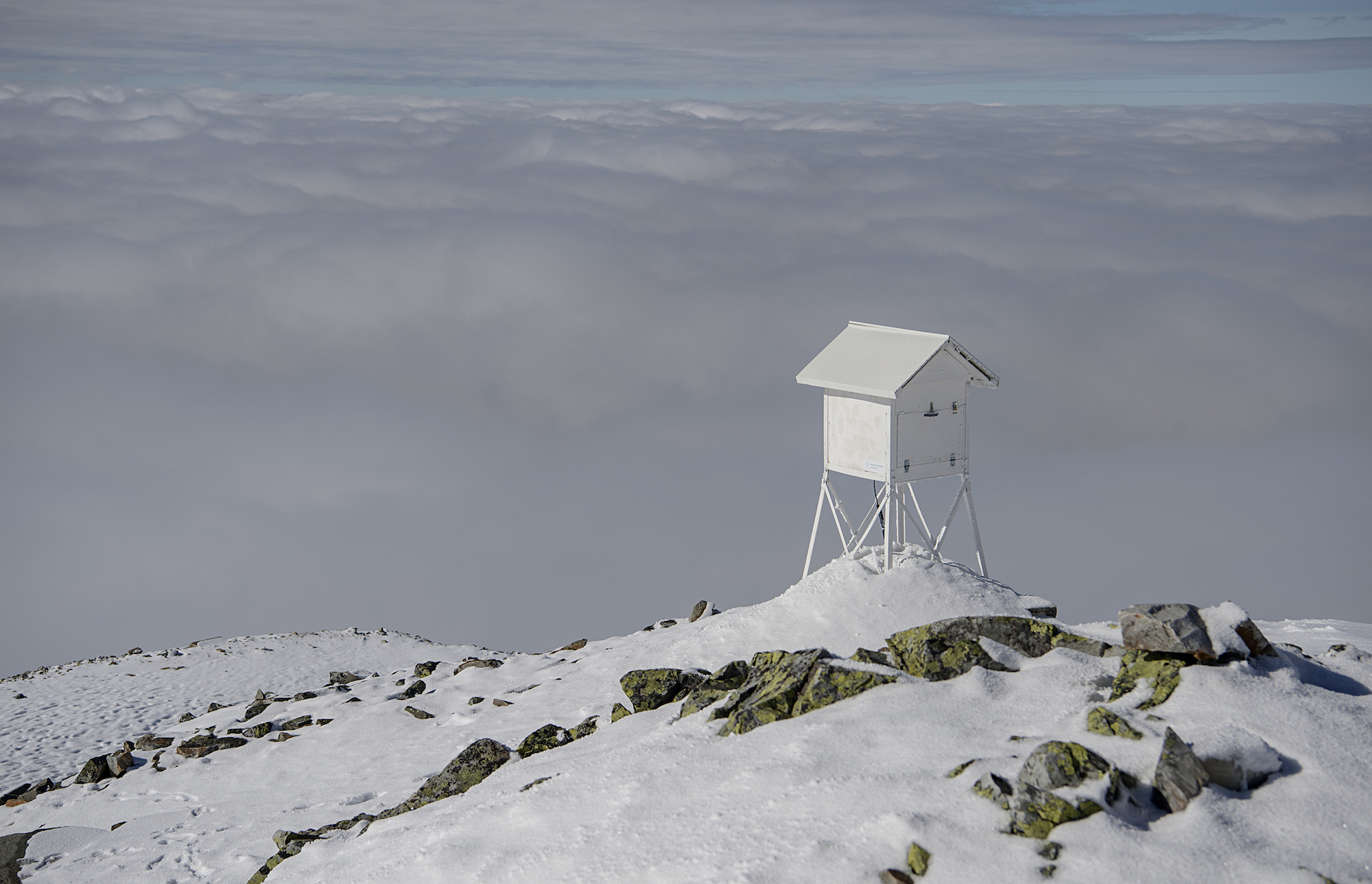

Gaustatoppen is one of the most exposed mountain tops in Norway, which makes for ideal conditions for significant ice formation. The phenomenon of atmospheric icing or cloud icing occurs when supercooled water particles contact an object, and the formation of ice is affected by water content and the speed of the air.
When the small water droplets in the clouds attach themselves to masts and antennas, they can eventually crystallize into substantial amounts of ice, so called ice load. You can often observe this on the cairn at the summit. The antenna tower on Gaustatoppen is covered with plating specifically aimed at preventing that the entire structure collapses due to the massive formation of ice up here.
The views
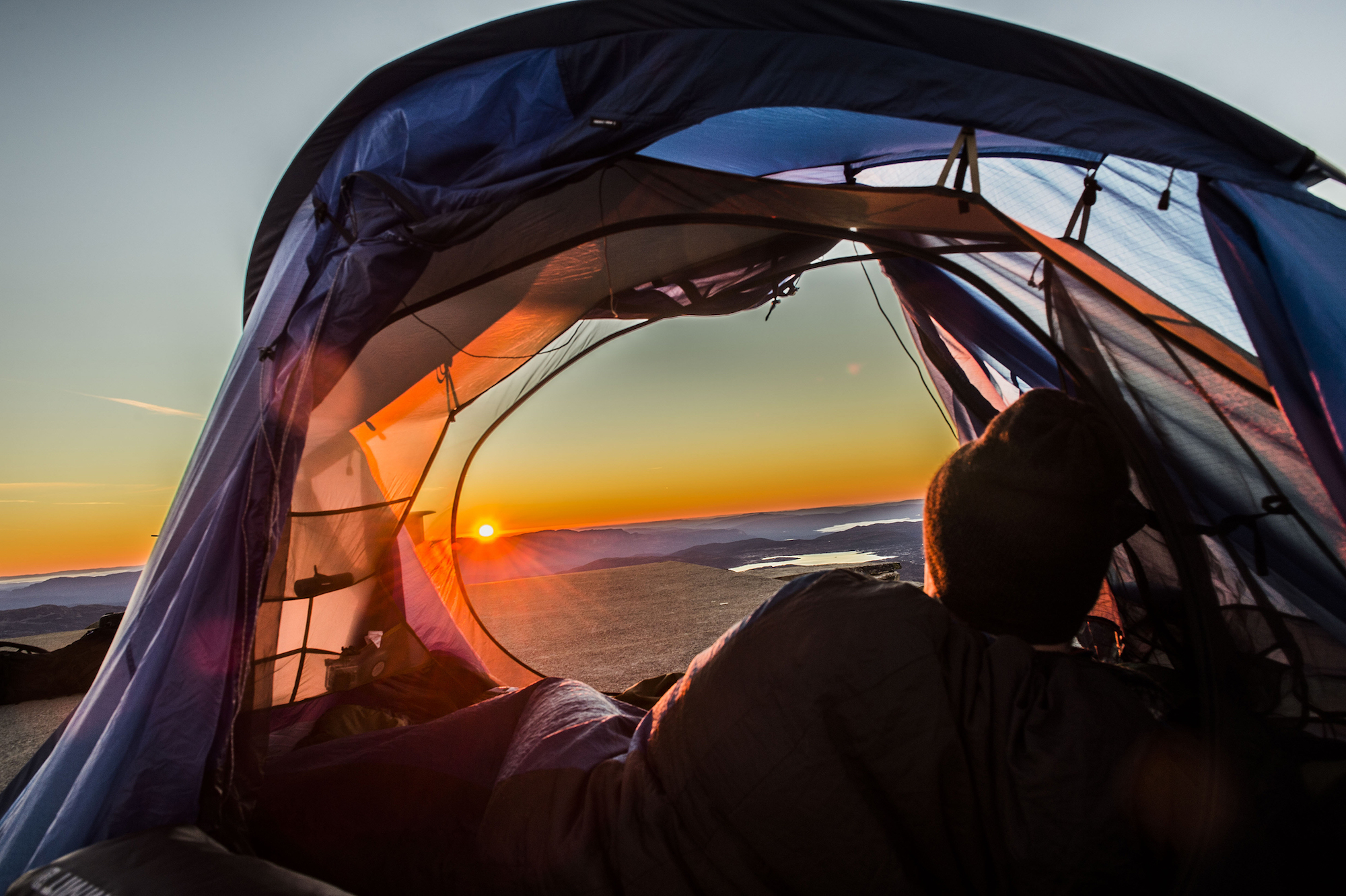
From the summit on Gaustatoppen Mountain, you have a 360-degree view of mainland Norway. In terms of surface area, you will find no view this extensive anywhere else in Norway. If you visit the summit on a clear day, you can enjoy views to Jotunheimen in the north, the Nordmarka Hills near Oslo to the east, the Hardangervidda mountain plateau to the west, and if you are extra lucky, you'll spot the lighthouse at Færder in the outermost part of Oslo Fjord.
The Shadows
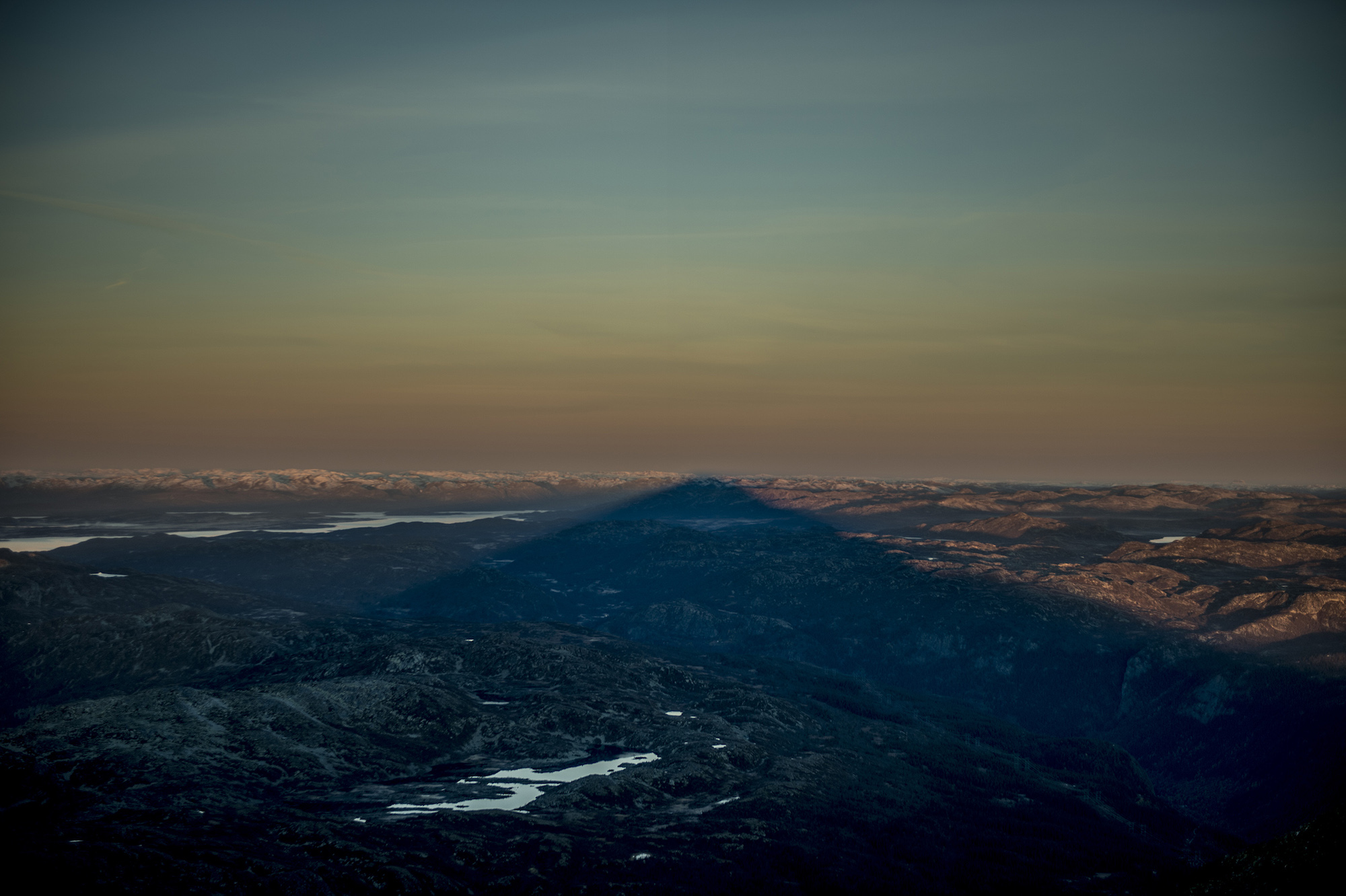
At an elevation of 1,883 metres above sea level, Gaustatoppen is far from being among the highest mountains in Norway. Nevertheless, it looms there in lonely majesty as it rises more than 300 metres higher up than the rest of the terrain in Tinn municipality in Telemark. So, if you're lucky enough to be here when the sun comes up or sets, you must be sure to have a look behind you. Just as the sun rests on the horizon, the mountain casts a giant pyramid-shaped shadow across the landscape on the opposite side.
Wavy rock formation
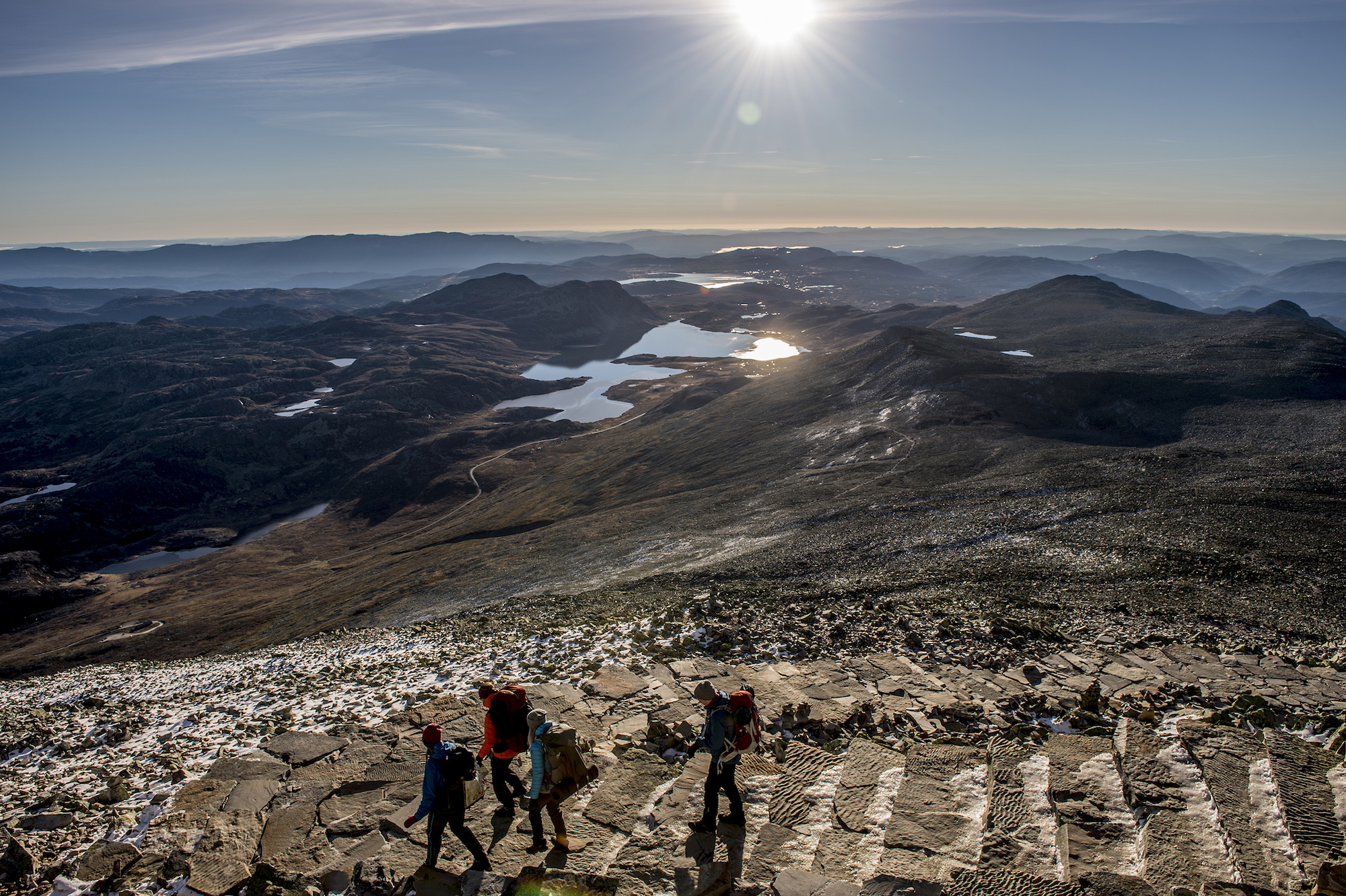
Gaustatoppen did not exist 1.5 billion years ago, and the rock formations you'll find at the top of the mountain nowadays were once the sandy and clay bottom in a large shallow water area that extended from Sweden and far out in the Norwegian Sea. Gaustatoppen Mountain was formed when melt from the Earth's core began to push layers of quartzite up 1.2 billion years ago. The wavy pattern you see in the stone slabs at the summit today are petrification of the wave pattern in the sand from the time when Gaustatoppen was flat seabed.
Permafrost
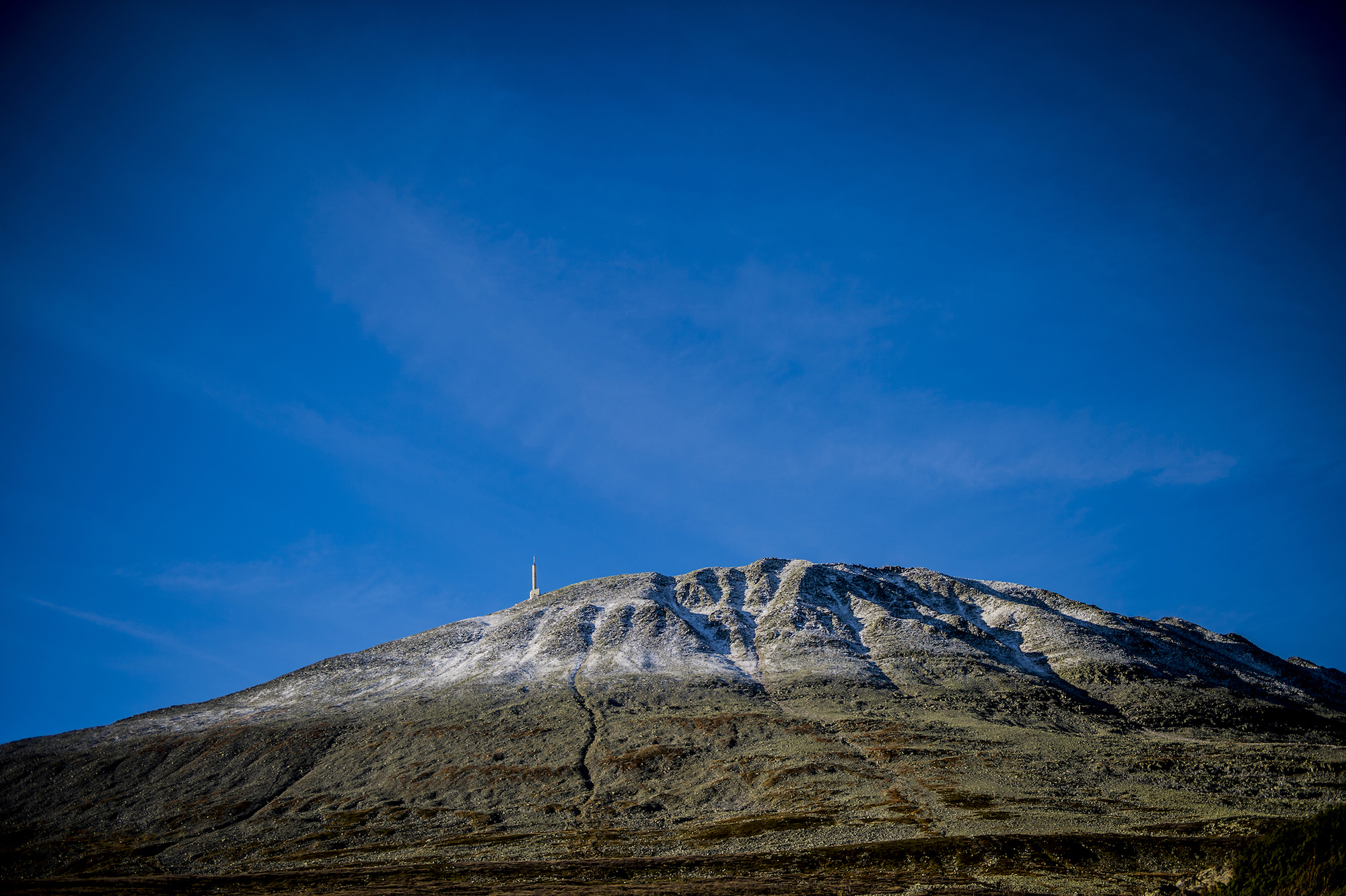
The upper 200 metres of Gaustatoppen consist of brittle, fractured rock and huge stone masses which are held in place by the permafrost. During the construction of the Gaustabanen tramway, the construction workers encountered several thousand-year-old ice at an elevation of around 1,600 metres. When they made a breakthrough in the early summer of 1957, it turned out that the tunnel functioned as an enormous chimney for warm air, which had caused the ice to melt. The rockslide that occurred was unavoidable, and serious consideration was given to abandoning the entire project.
UFO Clouds
You may have to rub your eyes at times, but it's probably not a UFO you see coming in for a landing. Although they are occasionally mistakenly perceived as a "flying saucer" from another galaxy, these flying objects are actually Altocumulus lenticularis, or lens clouds. You tend to see these special cloud formations above or on the lee side of a mountain where intense winds have created mountain waves where the wind is stable, and the air is moist enough to form clouds atop the cooled waves. It requires fairly powerful wind to create clouds of this kind. As the winds on Gaustatoppen range in strength from small gale and upward about 150 days of the year, the "UFO" clouds can appear up here when you least expect it.
Stars

At Gaustatoppen, you are closer to the stars than at any other place in Telemark. There is minimal pollution so high above sea level, and after the sun sets at the end of another day, an impressive array of stars fills the dark night sky. If you wear adequately warm clothing, just sit back and enjoy the tranquillity while an almost infinite number of stars twinkle at you. Whether you already know the names of many of the constellations or not, Gaustatoppen is a perfect place to become more familiar with the Milky Way. Be sure to bring a pair of binoculars and a star map and let yourself be awed by the beauty of it all.
Sources: The book "Gaustatoppen" by Helge Songe; former Operations Manager, Øystein Saugerud; Visit Rjukan, Forskning.no, Store norske leksikon, og yr.no